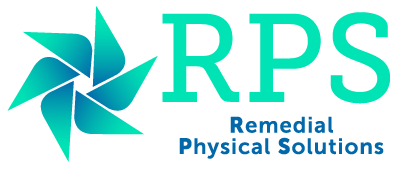Lymphoedema & Lipoedema
About Lymphoedema
Lymphoedema is a symptom causing swelling relating to the malfunction of the lymphatic system and lymph nodes.
The Lymphatic System is a network of fine vessels and filtering nodes throughout the body that transports fluid (lymph) from the body tissues back to the bloodstream. The functions of the lymphatic system are to maintain the volume and protein concentration of the extracellular fluid in the body and to assist the immune system in destroying pathogens and removing waste products, excess fluid and proteins from the tissues and returning back to the blood stream.
The treatment of Lymphoedema involves Combined Decongestive Therapy consisting of:
Phase 1 Decongestion
- Skin care
- Manual Lymph Drainage
- Bandages
- Exercise
Phase 2 Maintenance
- Skin care
- Compression Stockings
- Exercises
- Manual Lymph Drainage
Manual Lymphatic Drainage (Dr Vodder Method)
This is a gentle, non-invasive manual technique that has a powerful effect on the body. Research in Australia, Europe and North America has proven its efficacy as a stand-alone treatment and in combination with other therapies. Developed in France in 1932 by Emil and Estrid Vodder MLD has grown to be the most well known manual technique to assist lymph flow and aid in drainage of tissues.
Is a series of light massage techniques applied to evacuate extracellular fluid from the interstitial spaces into the lymphatic system. Also to move cellular metabolic waste and by-products into the lymphatics and to increase the movement of lymph through the lymphatic vessels and nodes resulting in a reduction of swelling.
Manual Lymph Drainage can be applied to treat: sinusitis, tinnitus, meniere's syndrome, whiplash, migraines,shoulder pathologies,epicondylitis, CRPS, venous stasis leg ulcers, stroke with hemiplegia, Multiple Sclerosis, Down's syndrome, Unilateral & Bilateral Arm Lymphoedema, Secondary Leg lymphoedema, Primary leg Oedema.
Compression Bandage
Are an essential part of the physical therapy of lymphoedema during phase1 Decongestive phase of the treatment. The bandages act as a external resistance against the muscle contractions. In this way, every muscle contraction generates a "massaging" of the blood and lymph vessels of the contraction. The bandage pressure also alters the volume of the blood vessels, especially in the low-pressure venous system. There the flow rate increases and any insufficiences of the venous valves are compensated.
Once the oedema in the extremity has stablised the patient will proceed to Phase 2 Maintenance where a compression garment is ordered either custom made or an off the shelf flat knit or round knit is measured and fitted on arrival.
Exercise and Self Massage
Muscle and joint movements increase passive lymph transport into the lymph collectors.
Muscle activity raises the heart rate, increasing the rate of arterial pulsation, which increases lymphangiomotoricity.
Self massage is also encouraged as this also stimulates the lymphatic system by clearing the lymph nodes and creating pathways to help move the lymph fluid from the limbs to the working lymph nodes.
Skin Care
Lymphoedema stretches the skin, which causes a disturbance in the acid of the epidermis. Lymph cysts may form leading to viral or fungal infections. The tissue pressure is increased and the nutritional supply of the epidermis becomes inadequate. Protein congestion in the skin leads to the activation of fibroblasts leading to fibrosis.
Regular use of a pH-neutral cream containing no alcohol or perfume is encouraged daily to the skin.
Low Level Laser Therapy
Stimulates the body's cellular response to damage by penetrating into tissue where it is absorbed by the cells and converted into energy. These effects are beneficial when treating fibrosis, oedema, wound healing and stimulation of the immune system and lymphatic flow.



